World Fine Art Professionals and their Key-Pieces, 228 - Marijke van Seters
World Fine Art Professionals and their Key-Pieces, 228 – Marijke van Seters
The studio of Marijke van Seters is located on the first floor of her house near the Witte Dorp (the White Village) in Eindhoven. It is a beautiful open house with lots of light, also in the studio. It used to be a factory, ‘Deblauwverververij’ (The blue dyeing). Outside there is a high chimney. The paint trays with blue indigo paint were downstairs, now the bedroom.
Marijke van Seters has been living there for four years now, together with her husband, a structural engineer / architect. “The building was in decline. But it had so many special things that the neighborhood was able to declare it a monument. My husband made an offer for the building that was honored and then we started renovating it. ”
Green dyeing
We sit at the table in the studio and everywhere around us hang paintings with plants, trees and flowers. The ‘blue dyeing’ is transformed here into a green dyeing. Occasionally a building can be seen in the background of a painting, such as the chimney of the former factory.
Marijke van Seters likes to walk in nature. “Then I always take photos. It is important to make a halt from time to time. When you walk on you don’t see much, when you stop you see everything, and the better you pay attention, the more you see. Nearby is the Stadswandelpark, but you can walk everywhere. Water is very important, and sunlight. Lots of sunlight. You can see the nuances through the light. I use that in my paintings, in which light plays an important role. ”
Catalpa
We look at the painting above the table with a Catalpa, a trumpet tree. She is still working on the painting. Light plays through the (large) leaves. The work was created through a sketch based on multiple photos. She has a lot of sketchbooks and shows the pastel sketch for the Catalpa. “I try to let the paint do the work. That is oil paint. The base layer is made of acrylic. Subsequently, five layers of oil paint often come over it. ”
When she is busy she uses – in addition to the sketchbook – also a notebook. She shows it. I see sketches and texts. “I am already working. How do I continue? Then I draw something or I write something. How do I build the layers? How do I place the shadows?” While working on a painting, she sometimes sees brilliant solutions. Some sketches do not reach the stage of a painting. “Some people are interested in my drawings. Then I sometimes cut them out. ”
Monet
What fascinates her about nature? “Nature has so much beauty, so many options, so many layers. It was important for me to dive into it and give my vision on it. Nature has always been my theme. Even during my studies, the Teacher Training in Tilburg. We had all kinds of subjects, but back then when we had the opportunity to make free drawings my theme was nature.” And that while she grew up in the city (Nijmegen).
Her great examples of painting are also nature painters. She takes a pile of books. “First and foremost Monet. In the l’Orangerie of the Jardin des Tuileries in Paris, his water lily paintings, including his Nymphéas, hang in the oval halls. I saw it when I was about twenty years old and tears ran down my cheeks. I absolutely loved it. I will never paint water lily paintings because of Monet. ”
She also likes Bonnard, “his window paintings and his use of color”, Anselm Kiefer “great, he sticks sunflower seeds and all sorts of materials”, Peter Doig, “Grand River, beautiful work”, Matthias Meyer, “also works a lot with layers, student of Richter ”, the wood engravings of Kawase Hasui,“the treatment of water and shade” and of the Dutch Reinoud van Vught, “also a lot of nature”.
Key work
Does she have a key work, a work that gave a certain twist to subsequent works? She has three. The first is ‘Schaduwpad’ (shadow path) from 2011. “In that year I became a full-time painter. I started to paint transparent layers over the first and second layers, with shadows from trees. The second key work is from 2013 and is called ‘Weerspiegeling’ (reflection). “There is another painting behind the painting. I achieved that through the transparent intermediate layer.” The third key work is from 2016 and is called ‘Wasven’. “I continued with the transparency, in some places it isn’t transparent and in other places it is. I was playing with the layers, very inspired by Japanese examples. ”
She has sold much of her work. “The best work goes first. Through the gallery, also through the studio and at exhibitions. Twice a year I participate in exhibitions, both solo and group exhibitions. ”
On some days people come to paint in her studio. She gives some instructions. On Friday morning, she teaches cancer patients and their loved ones through the Inloophuis De Eik. Previously she was teacher Visual Arts at the ROC Eindhoven. She is a member of the Eindhoven artists’ association KEK and is on the board of the atelier route.
Beauty and tranquility
Finally: does she have a philosophical conclusion? She has. “Contact with nature is important for society. Nature gives beauty and tranquility. Through my paintings I want to teach people to look, so that they can crawl into it and look through the different layers. That way they can escape from the everyday, increasingly complex society. ”
Images
1) Wasven 2, 100×160, oil on linen, 2) Marijke van Seters, portrait, 3) shadow path, 4) Reflection, 5) Catalpa, 100×80, 6) Blue Paradise 100×80 oil on linen, 7) Factory Garden 100×150 oil on linen, 8) Royal Purple 80×120 oil on linen, 9) Ooypolder100x180, 10) Sunday walk 100×150
https://www.marijkevanseters.nl/
https://ifthenisnow.eu/nl/verhalen/marijke-van-seters-van-schilderen-word-je-gelukkig
Disclaimer: The views, opinions and positions expressed within this guest article are those of the author Walter van Teeffelen alone and do not represent those of the Marbella Marbella website. The accuracy, completeness and validity of any statements made within this article are not guaranteed. We accept no liability for any errors, omissions or representations. The copyright of this content belongs to Walter van Teeffelen and any liability with regards to infringement of intellectual property rights remains with the author.

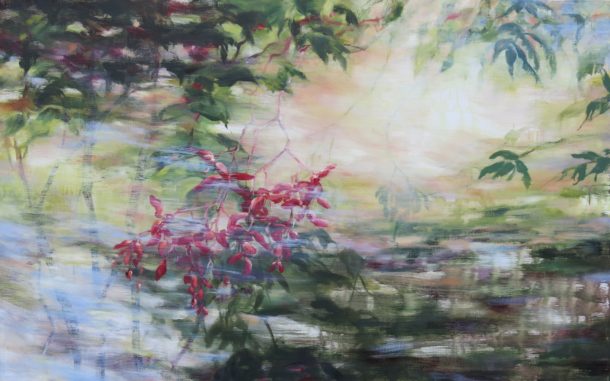
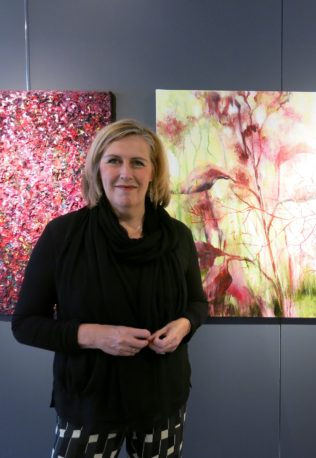
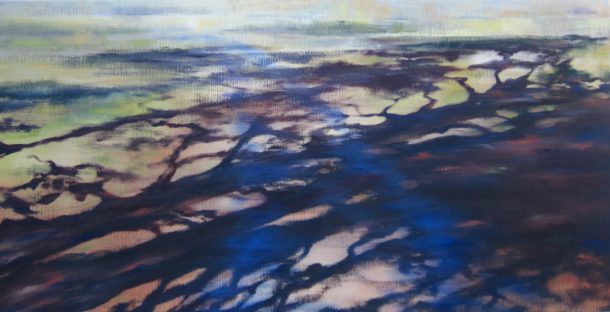

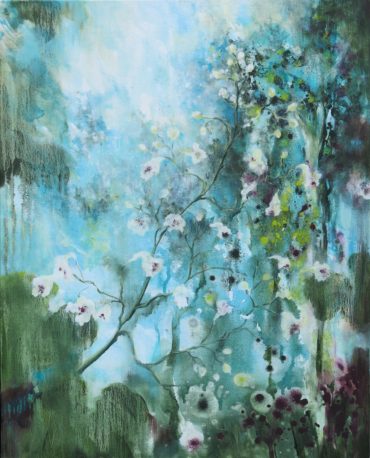

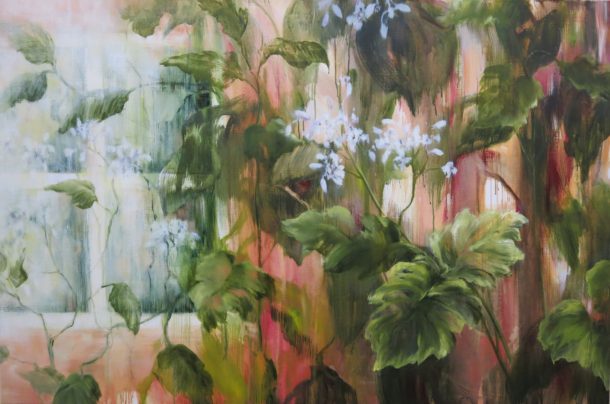

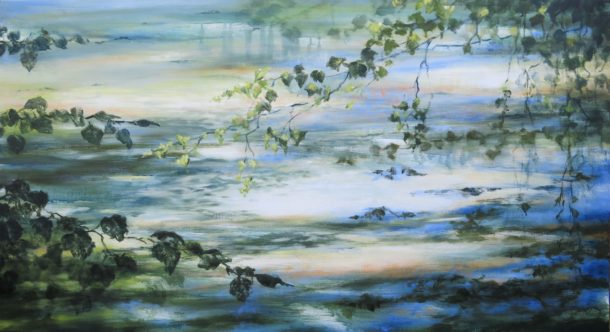
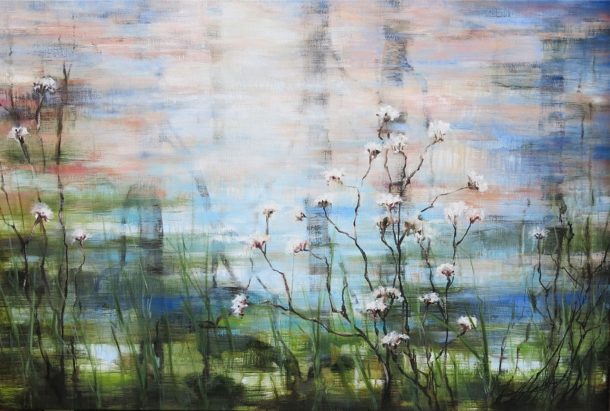














The opinions expressed by individual commentators and contributors do not necessarily constitute this website's position on the particular topic.